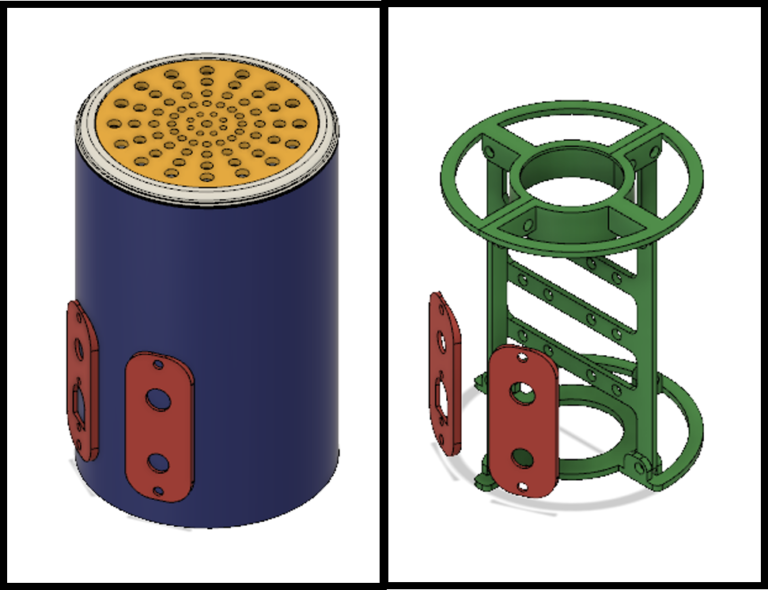Robin Hartley is a self-professed maker by day and nerd by night from Sheffield, UK. As an engineer, programmer, and maker, he has a big interest in 3D printing and electronics. He recently developed a project which uses both.
By using a Cadbury’s hot chocolate tin and a 3D printed “skeleton”, Hartley was able to create a nifty portable speaker. He calls it The Smooth and Creamy Hot Chocolate Speaker. It’s complete with volume control and a power switch.
However, the main aim for this project wasn’t to focus on 3D printing or electronics but to show that it’s possible to reuse something which would otherwise be trash to create something pretty cool and useful.
But, just because this speaker appears to just be a hot chocolate tin from the outside, don’t be fooled. Hartley includes some pretty interesting engineering work which he also explains in detail in his video. Check it out:
Inconspicuous Speakers for the Kitchen
As well as making a YouTube video to give some insight into his project, Hartley also wrote out instructions, a bill of materials and created a download of CAD files.
For this project, you’ll need a Cadbury’s hot chocolate tin, a Sparkfun mono audio amplifier, an 8-ohm speaker, a 10k ohm potentiometer, a DC barrel jack, a Switch, 10 M2 bolts with nuts and 10 M3 bolts with nuts.

As well as this, you’ll need to 3D print three parts including the internal structure, which keeps the speaker and circuit board in place, the control panels, and a lid cover. However, Hartley has done the hard work for you here by designing all three on Fusion360 and making them available to download.
As they are STL files, you can possibly adapt them to other cans – all you need is a little CAD knowledge.
For the next step, Hartley explains that the wiring is pretty straightforward. But, he’s created a diagram to make the process a little easier.
Finally, sort out your ground loops as per Hartley’s instructions and your Smooth and Creamy Hot Chocolate Speaker should be ready to start playing some smooth and creamy jazz.
For those who love bloopers, Hartley adds: “Okay, I have to admit that I lied a little… In the video, I showed the speaker working first time – of course this isn’t what happened, projects hardly ever work first time! When I turned it on, I got nothing but noise which I soon tracked down to a ground loop. Here is the minute or so of the video I cut out with my finding and resolving the ground loop.”
If you’d like to make this speaker yourself, visit Hartley’s website for all downloads. You can also follow him on Twitter for future projects and updates.
Source: Hackaday

License: The text of "Turn a Hot Chocolate Can Into a Portable Speaker" by All3DP is licensed under a Creative Commons Attribution 4.0 International License.